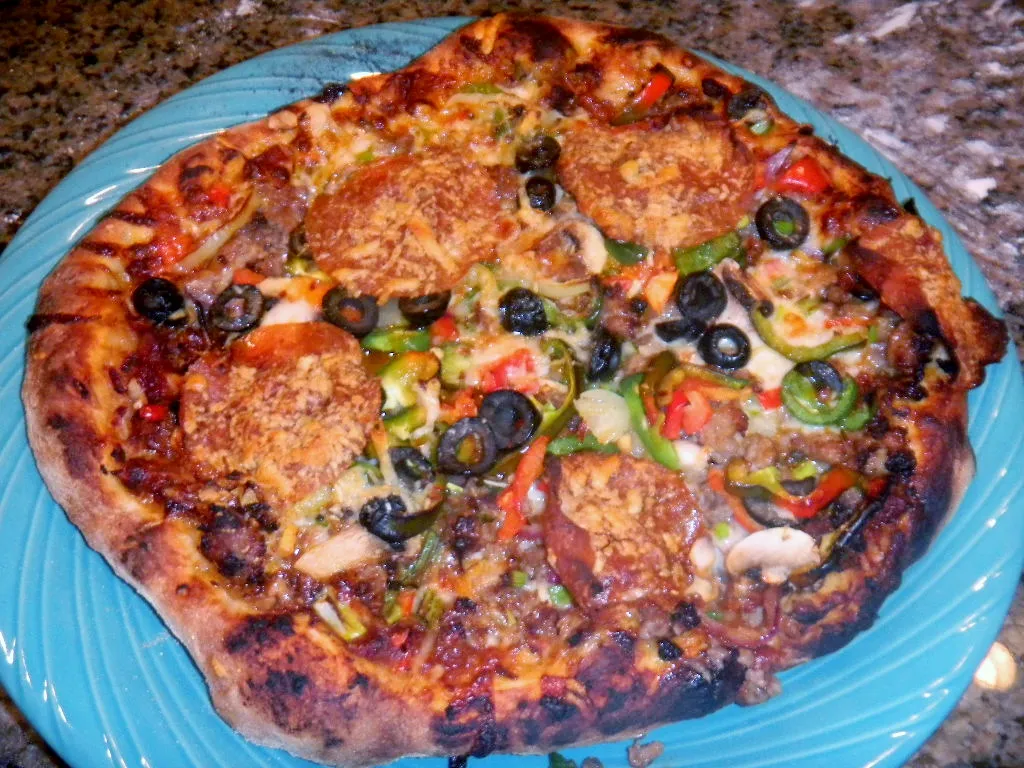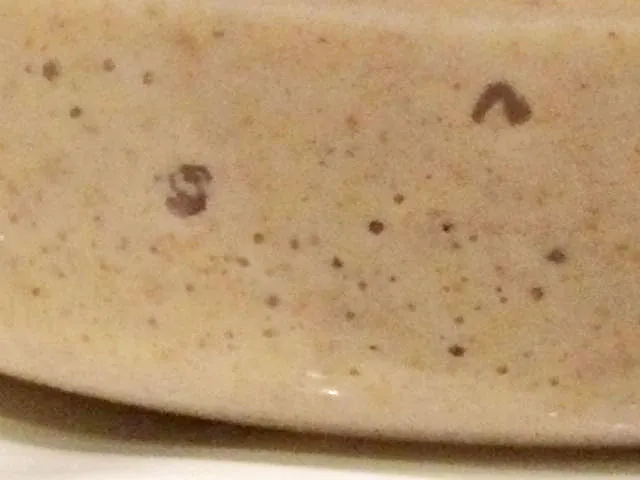Rye Test--All done!


Scalded Rye Bread

It's been a worthwhile experience. I feel I've learned a lot of the basics for handling rye flours. Four of eighteen I'll add to my modest repertoire: Rye Sticks, Milwaukee Rye, Zeltan (Tyrolean Fruit Bread) and Rye Squares; I'll likely tweak them all to better match the flavors I want.
- Log in or register to post comments
- 2 comments
- View post
- davidg618's Blog






